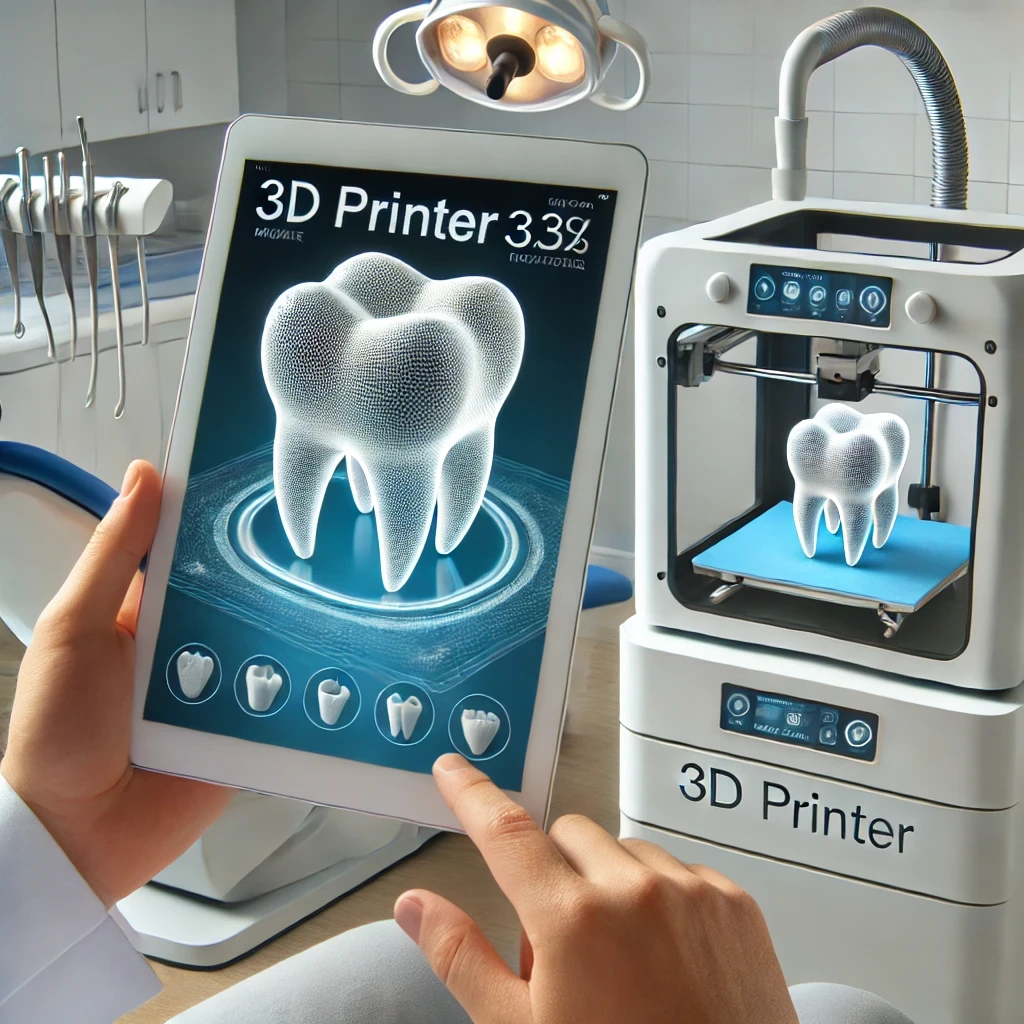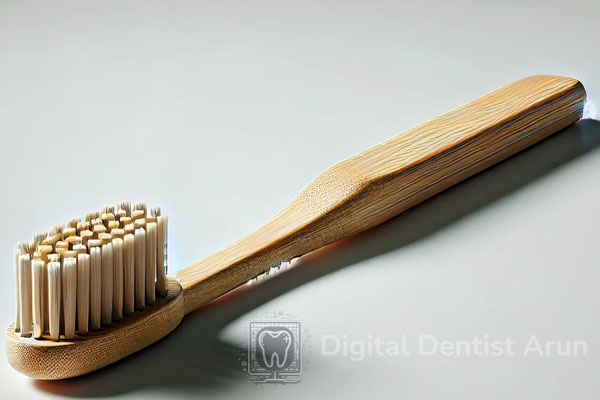Dentistry has come a long way from the days of rudimentary tools and painful tooth extractions. Over the last 100 years, dental technology has evolved in leaps and bounds, transforming how dental professionals care for their patients and drastically improving patient comfort and outcomes. From the introduction of X-rays in the early 20th century to the cutting-edge use of AI and robotics in modern dentistry, the advancements in this field have been nothing short of remarkable. Let’s take a fun journey through the key milestones that show how dental technology has evolved over the last century, making dental visits less of a dreaded experience and more of an opportunity for proactive care and precision treatments.
The Early 1900s: X-Rays – Seeing Beyond the Surface
Imagine going to the dentist with no idea what was going on inside your teeth or gums. Before the early 1900s, dentists relied solely on what they could see, and patients often had to endure tooth extractions for issues that could have been treated earlier with better diagnostics. Enter the X-ray, one of the most revolutionary inventions for dentistry in the early 20th century.
Introduced in dental practices around 1913, X-rays allowed dentists to see beyond the surface of the tooth and detect issues like cavities, impacted teeth, and bone loss. Suddenly, dentists could diagnose problems early and treat them before they escalated into bigger (and more painful) issues. This was a major milestone that changed how dental technology evolved and how dental professionals approached patient care.
Fun Fact: The first dental X-rays were performed with long exposure times, making patients sit still for as long as 25 minutes!
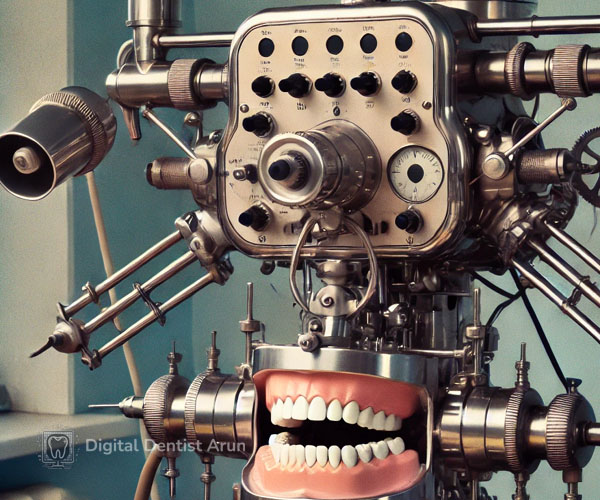
The 1950s: The High-Speed Dental Drill – Speed Meets Comfort
In the 1950s, dentists and patients were introduced to the high-speed dental drill, an invention that drastically reduced the time spent in the chair. Before this, the dental drill was slow, noisy, and not exactly known for its comfort. The high-speed drill, invented in 1957 by Dr. John Borden, used compressed air to rotate the drill bit much faster, allowing dentists to remove decay and prepare cavities more efficiently.
This advancement not only sped up procedures but also made them more precise and less uncomfortable for patients. Suddenly, going to the dentist didn’t seem as daunting as it once had been.
Fun Fact: The high-speed drill could spin at speeds up to 400,000 revolutions per minute—talk about rapid-fire dentistry!
The 1960s: Dental Implants – A Permanent Solution for Missing Teeth
Missing teeth were once a permanent problem that either left patients with gaps or led to removable dentures. But in the 1960s, dental implants became a game-changer. Thanks to the discovery of osseointegration by Dr. Per-Ingvar Brånemark, dental implants became a long-lasting and effective solution for missing teeth.
Osseointegration is the process where bone naturally bonds with titanium, allowing the implant to fuse securely to the jawbone. This gave patients a stable, functional replacement for their missing teeth, and by the 1980s, dental implants became a common treatment option that revolutionized how dental restorations were approached.
Fun Fact: The first dental implant procedures were done on animals, including a rabbit, before being applied successfully in humans.
The 1980s: Cosmetic Dentistry Takes Off – A Brighter, Whiter Smile
As we rolled into the 1980s, it wasn’t just about fixing teeth anymore—it was about making them look great too. This decade saw the rise of cosmetic dentistry, as innovations in materials like porcelain veneers and composite resins gave dentists new ways to improve the aesthetics of their patients’ smiles.
Teeth whitening treatments also became more popular, giving patients the option to have the bright, movie-star smiles they desired. Thanks to these technological advancements, cosmetic dentistry was no longer just for the rich and famous; it became accessible to the everyday patient, changing the face of dentistry forever.
Fun Fact: The first professional teeth whitening products were introduced in the 1980s, though at-home remedies date back to ancient Egypt!

The 1990s: Digital X-Rays and CAD/CAM Technology – Faster, More Accurate Care
The 1990s brought two significant advancements that made dental treatments more precise and efficient: digital X-rays and CAD/CAM (Computer-Aided Design and Manufacturing) technology.
Digital X-rays reduced radiation exposure by up to 80% and provided instant images, allowing dentists to diagnose issues faster and more accurately. Meanwhile, CAD/CAM technology revolutionized how dental prosthetics like crowns, bridges, and veneers were made. Instead of relying on molds and sending them off to labs, dentists could now use digital scans and machines to create custom restorations on-site.
This innovation not only improved the quality and fit of dental restorations but also dramatically shortened the time it took to get them, turning what used to be weeks-long processes into same-day procedures.
Fun Fact: Early CAD/CAM technology was used in the automobile industry before it found its way into dental labs!
The 2000s: Laser Dentistry – Precision Meets Minimally Invasive Care
The 2000s saw the introduction of laser technology in dentistry, which took patient comfort to a whole new level. Lasers allowed dentists to perform procedures with greater precision and minimal damage to surrounding tissues. Lasers were used in everything from cavity detection and gum reshaping to teeth whitening.
Laser dentistry meant less pain, less bleeding, and quicker healing times, making it a win-win for both patients and dentists. This technology continues to evolve and is now a common tool in modern dental practices.
Fun Fact: Laser-assisted procedures can often be performed without anesthesia, a huge relief for needle-phobic patients!
The 2010s: 3D Printing – Dental Labs Go High-Tech
As we moved into the 2010s, 3D printing became a disruptive technology in dental labs. Using 3D printing, dentists and technicians could create highly accurate models, crowns, bridges, and even orthodontic appliances faster than ever before. This allowed for better customization and more efficient workflows, reducing the time patients had to wait for their restorations.
3D printing didn’t just benefit patients by speeding up treatment times—it also enhanced the precision of dental appliances, resulting in better-fitting crowns and dentures.
Fun Fact: 3D printing in dentistry is so precise that it can create dental appliances that fit down to fractions of a millimeter.
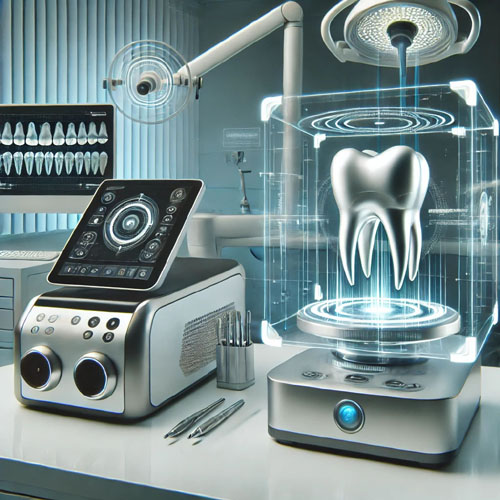
The 2020s and Beyond: AI, Robotics, and the Future of Dentistry
Today, dental technology is more advanced than ever, with innovations like AI (artificial intelligence) and robotics playing an increasing role in diagnostics and treatments. AI is being used to analyze X-rays and digital scans, helping dentists detect issues faster and with greater accuracy.
Robotic-assisted surgery is also being explored in dentistry, promising even more precision in procedures like dental implants. Meanwhile, regenerative dentistry—using stem cells to grow new teeth—could be the next big breakthrough in oral health.
The future of dentistry is exciting, with technology continuing to make treatments faster, more effective, and more comfortable for patients.
Fun Fact: Some studies suggest that AI could diagnose dental issues with a higher accuracy rate than human dentists—though it’s still a tool to support dentists, not replace them!
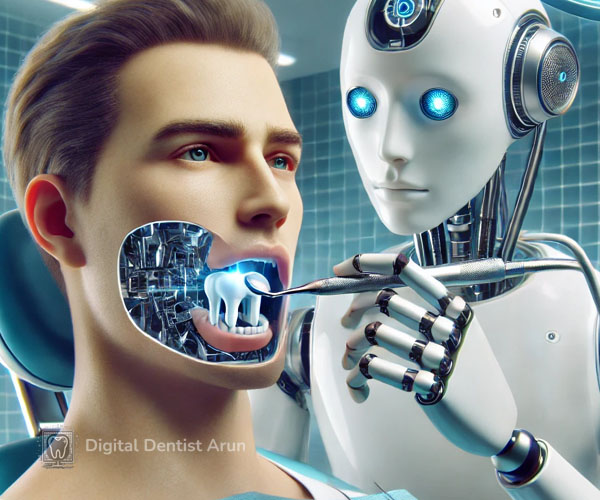
Conclusion: How Dental Technology Has Evolved
From the early days of simple tools to the sophisticated digital and laser technology we see today, how dental technology has evolved is a story of constant innovation. Each decade has brought new advancements that have improved both the quality of care and the patient experience. As technology continues to push boundaries, there’s no doubt that the next 100 years will bring even more exciting developments in the field of dentistry.
